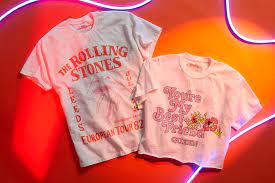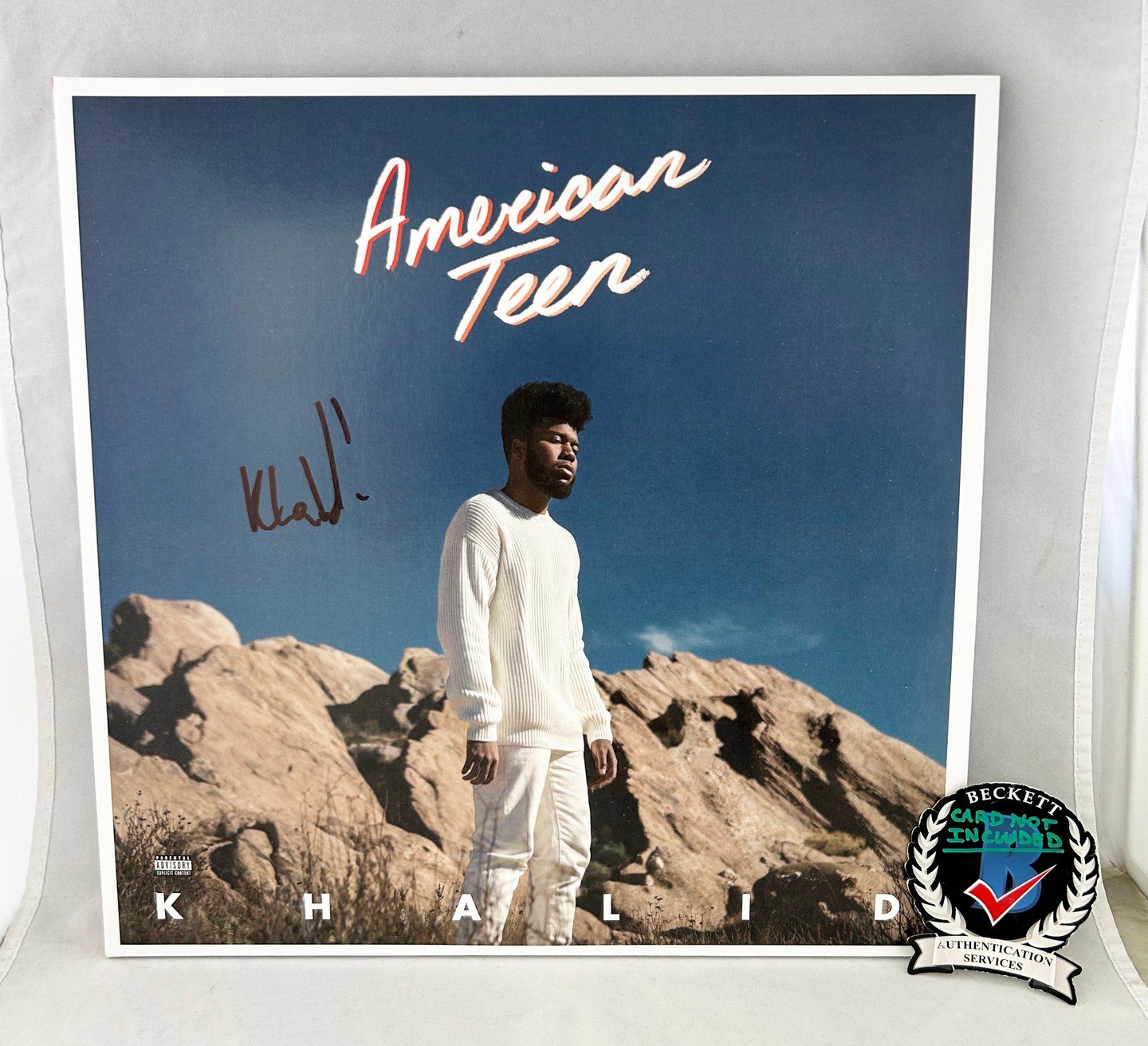The Power of Artist Merchandise: A Deeper Connection with Music
When we think about supporting our favorite musicians, the first thing that often comes to mind is purchasing their music or attending their concerts. However, there is another powerful way to show our love and appreciation for the artists we admire – through artist merchandise.
Artist merchandise goes beyond mere clothing or accessories; it represents a tangible connection to the music and the artist themselves. It allows fans to express their allegiance and become part of a community that shares a common passion.
A Personal Expression
Wearing an artist’s merchandise is like wearing your heart on your sleeve – quite literally. It allows fans to showcase their support and admiration for a particular musician or band. Whether it’s a t-shirt featuring album artwork, a hoodie adorned with lyrics, or even a simple pin with an artist’s logo, these items become personal expressions of identity.
Artist merchandise offers fans an opportunity to connect with their favorite music on a deeper level. It becomes a conversation starter, enabling fans to bond over shared musical interests and experiences. It serves as a form of self-expression that can evoke memories, emotions, and stories associated with the music that has touched our lives.
A Direct Support System
Purchasing artist merchandise directly from musicians or official sources is an excellent way to support them financially. In an industry where streaming revenues can be unpredictable and live performances are not always possible, merchandise sales provide a more stable income stream for artists.
By buying official merchandise, fans contribute directly to the success and sustainability of their favorite artists’ careers. It helps fund future music releases, tours, and other creative endeavors. Moreover, it allows artists to maintain their independence and artistic integrity without relying solely on record labels or corporate sponsorships.
Building a Community
Artist merchandise plays a crucial role in building a sense of community among fans. When you wear an artist’s merchandise, you become part of a tribe – a group of individuals who share a deep appreciation for the music and its creators.
Attending concerts or music festivals while donning artist merchandise creates an instant connection with fellow fans. It sparks conversations, fosters friendships, and forms bonds that transcend geographical boundaries. Artist merchandise acts as a unifying force that brings people together through their mutual love for the music.
Conclusion
Artist merchandise is more than just clothing or accessories; it represents our dedication to the music we love and our support for the artists who create it. By proudly wearing an artist’s merchandise, we express our identity, contribute directly to their success, and become part of a vibrant community.
So next time you find yourself captivated by a song or moved by an artist’s performance, consider taking that connection one step further by proudly sporting their merchandise. It’s not just about what you wear; it’s about the profound impact it can have on your relationship with music.
The Process of Creating Merchandise for Artists
Best Platforms for Selling Artist Merchandise
4. The Origins of Artist Merchandising: A Historical Overview
- Is buying artist merch worth it?
- How do you make artist merchandise?
- Where can I sell artist merchandise?
- Who started artist merchandise?
Is buying artist merch worth it?
The decision to buy artist merchandise is subjective and ultimately depends on your personal connection to the music and the artist. For many fans, purchasing artist merch is a way to show support and appreciation for the musicians they love. It allows them to express their identity, connect with a community of like-minded individuals, and directly contribute to the artist’s success. Moreover, owning artist merchandise can create lasting memories and serve as a tangible reminder of the music that has touched our lives. Ultimately, buying artist merch is not just about acquiring a physical item; it’s about fostering a deeper connection with the music and the artists behind it.
How do you make artist merchandise?
Creating artist merchandise involves a careful blend of creativity, design, and production. The process typically begins with brainstorming and conceptualizing unique ideas that align with the artist’s brand and image. From there, designs are created, whether it be album artwork, logos, or catchy phrases that resonate with fans. Once the designs are finalized, they are transformed into physical products through various methods such as screen printing, embroidery, or digital printing. Quality materials are chosen to ensure durability and comfort. Finally, the merchandise is produced in bulk and made available for purchase through official channels such as online stores or at concerts. The goal is to create merchandise that not only reflects the artist’s vision but also resonates with fans by offering them a tangible connection to the music they love.
Where can I sell artist merchandise?
If you’re an artist looking to sell your merchandise, there are various platforms available to showcase and sell your products. One popular option is to set up your own online store on platforms such as Shopify, BigCommerce, or WooCommerce. These platforms provide you with the tools to create a professional-looking store and manage your inventory and orders. Additionally, you can also consider selling through established marketplaces like Etsy or eBay, which have a large customer base and offer specific categories for artist merchandise. Social media platforms like Instagram and Facebook also provide opportunities to promote and sell your merchandise directly to your followers. Remember to choose a platform that aligns with your goals and target audience, ensuring maximum visibility for your artist merchandise.
Who started artist merchandise?
The concept of artist merchandise has been around for a long time, but it is difficult to attribute its origins to a single individual or event. However, one could argue that the rise of rock and roll in the 1960s played a significant role in popularising artist merchandise. Bands like The Beatles and The Rolling Stones began selling t-shirts, posters, and other items featuring their logos and album artwork, which quickly became sought-after by fans. Since then, artist merchandise has evolved into a thriving industry, with artists from various genres creating unique and diverse products that allow fans to connect with their music in a more personal way.






